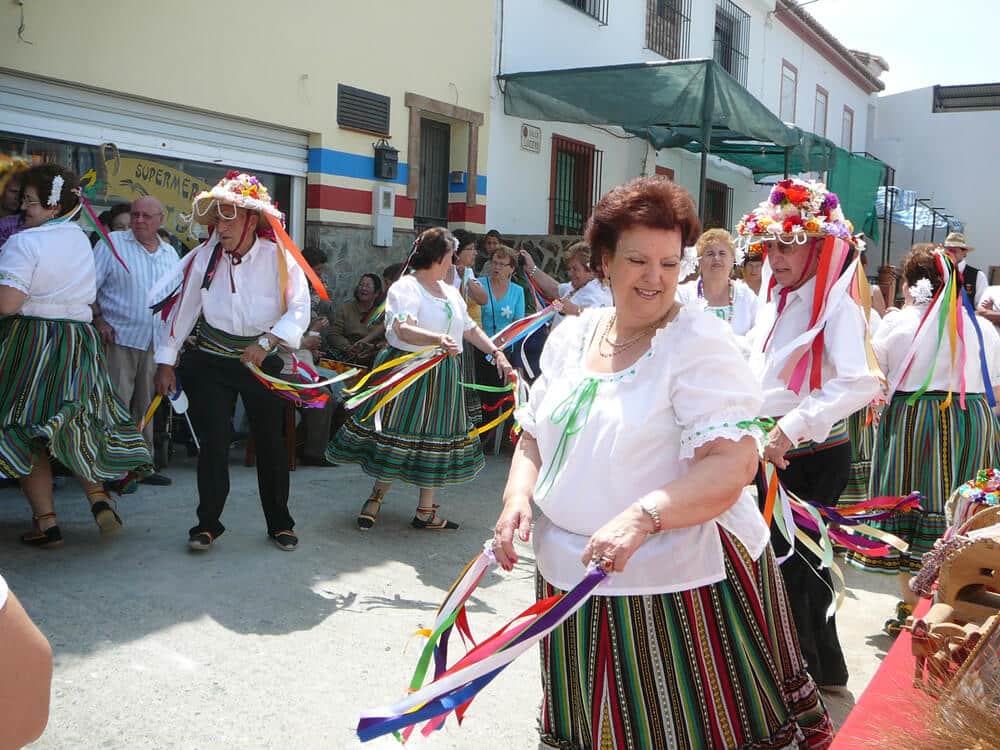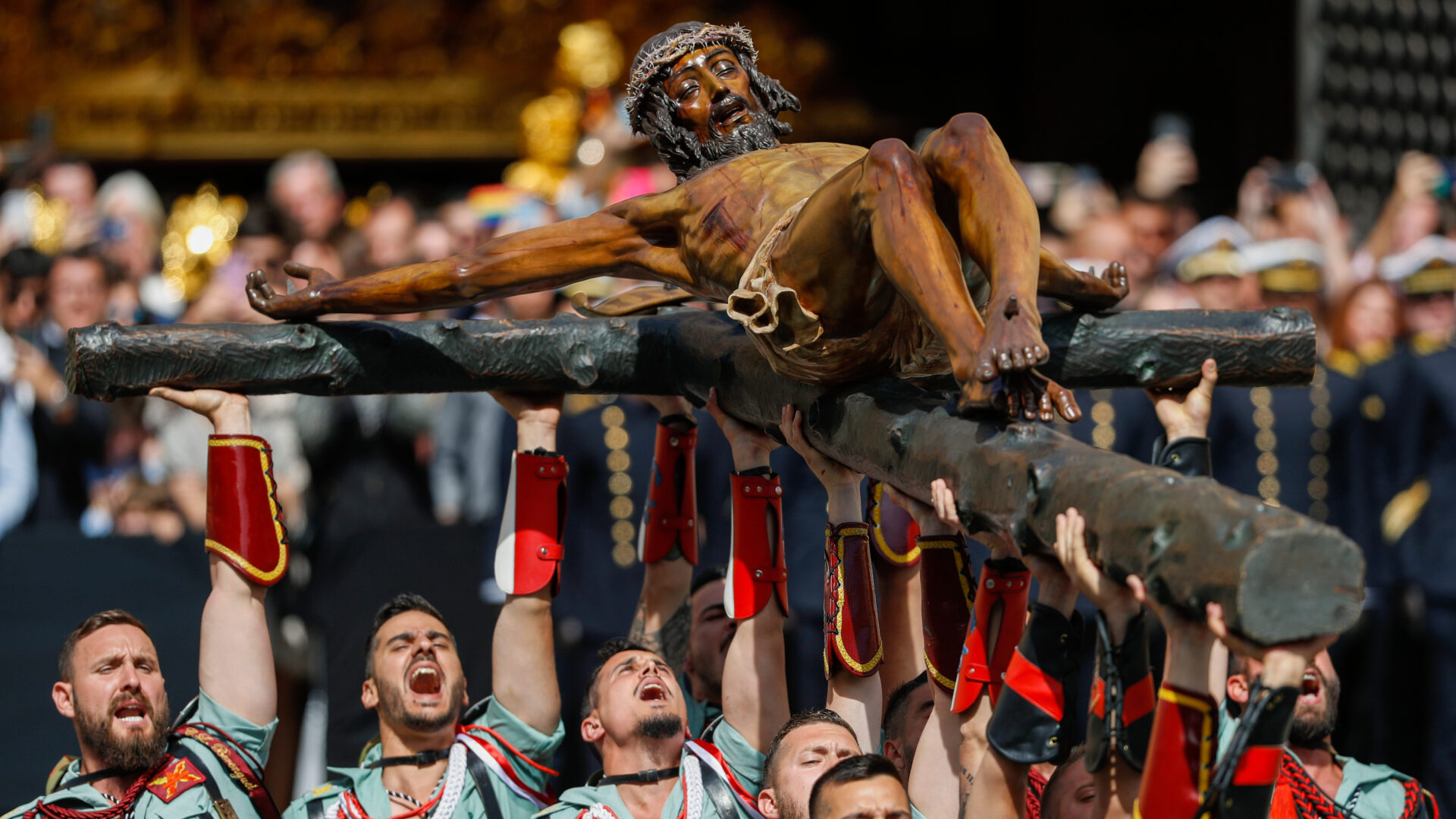The Verdiales of Málaga are a very ancient cultural expression that is truly delightful to watch, especially because it combines celebration, history, music, dance, and culture. Deeply rooted in the province, especially in the regions of Los Montes de Málaga, the Valle de Guadalhorce, and the Axarquía.
What are the Verdiales?
The verdiales are a particular fandango that is sung and danced accompanied by a small orchestra consisting of a violin, two or four guitars, two or more pairs of cymbals, a tambourine, several castanets, and sometimes a bandurria or a lute.
During performances, this ensemble is complemented by the figure of the flag bearer and the mayor, who march together at the front of the group with a Spanish flag, an Andalusian flag, or with the image of the region’s patron saint. Additionally, it was tradition to sound a conch shell adorned with colorful ribbons to announce the group’s arrival at the farmhouses in the area.
What is the Origin of the Verdiales?
The verdiales of Málaga are the oldest folklore in all of Europe. A genre that is the result of the mixture of cultures. Until recently, it was thought that verdiales were older than flamenco, but today it is known that the fandango has its origin on the island of Crete, almost 3,000 years ago.
These types of pagan songs and dances were adopted and adapted by the church, but preserving the musical orchestration through the centuries, with essential elements being conch shells, finger snapping, tambourines, cymbals, and castanets, for example. Having arrived from the Phoenicians to our days, after passing through the Carthaginians, Romans, Visigoths, and Arabs.
When are the Verdiales Celebrated?
Verdiales are very common in traditional festivals such as Holy Week or the Fiesta Mayor de los Verdiales de Málaga, where it is possible to see them live.
- Holy Week: one of the places where verdiales are sung and danced during Holy Week is at the Ermita de Verdiales, located in the Montes de Málaga. A church much loved by all fans of this musical genre, as inside is the patron saint, the Virgin of Sorrows.
- Fiesta Mayor de los Verdiales: on December 28th, the Fiesta Mayor de los Verdiales takes place in Puerto de la Torre, where it is possible to see all types of verdiales. No less than 25 pandas (groups) participate in it. And, at the end, prizes are awarded to the best ones.
- Day of the Verdiales: each year, during the May crosses, at the hermitage of the Three Crosses, located between Álora, Pizarra, Almogía and Cártama, four processions from these four municipalities are held.
Different Styles of Verdiales
One of the peculiarities of verdiales is that there are three distinct dance styles: the Comares style, the Almogía style, and the Montes style.
- Comares-style Verdiales: this style is the richest from a musical point of view.
- Almogía-style Verdiales: it is the fastest of the three.
- Montes-style Verdiales: it is the favorite of the people from Málaga, the one they enjoy dancing the most. It is sung with a tambourine of a larger diameter than in other styles.
Where are Verdiales Sung?
Since their origin, the verdiales have evolved very little, preserving their primitive character and authenticity. Unlike other artistic manifestations that have been denatured, these have continued to be transmitted from parents to children uninterruptedly until today.
One of the areas that has best maintained the tradition has been the comarca of the Axarquía, where there are several towns that have verdiales groups, such as Comares, El Borge, and Benagalbón. A cultural manifestation that remains very present in this area, especially in the festivals and fairs organized throughout the year. But they can also be seen in other towns already mentioned, such as Cártama, Pizarra, Álora or Almogía, and in the area of the Montes de Málaga.




